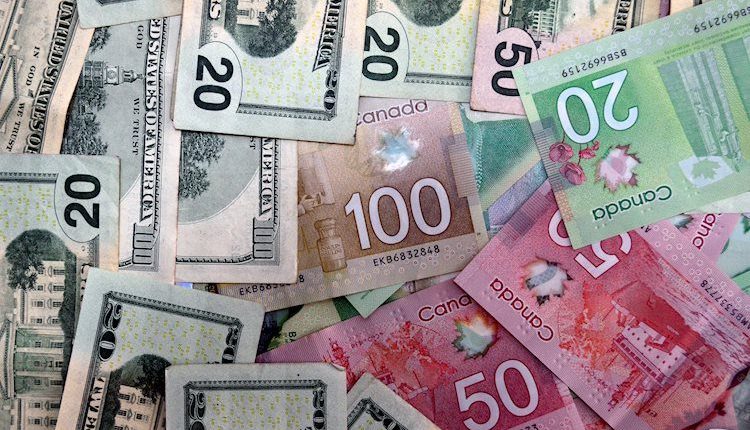- USD/CAD holds steady around 1.4045 in Tuesday’s early Asian session.
- US ISM Manufacturing PMI rose to 48.4 in November vs. 46.5 prior.
- Canadian Manufacturing PMI climbed to a 21-month high in November.
The USD/CAD pair trades flat near 1.4045 during the early Asian session on Tuesday. However, Trump’s threats of further tariffs and renewed US Dollar (USD) demand could provide some support to the pair. The US JOLTs Job Openings for October are due later on Tuesday. The Federal Reserve’s (Fed) Adriana Kugler and Austan Goolsbee are scheduled to speak.
Data released Monday showed that the US ISM Manufacturing PMI improved to 48.4 in November from 46.5 in October. This reading came in better than the market expectation of 47.5. The Greenback edges higher in an immediate reaction to the upbeat US economic data.
Furthermore, the cautious stance of the US Fed might contribute to the USD’s upside. Fed officials on Mondays made it clear they expect the central bank to continue lowering interest rates over the next year but stopped short of saying they are committed to making the next cut in the December meeting. According to the CME FedWatch Tool, money markets have priced in nearly a 76.0% chance that the Fed will cut rates by a quarter point in December, while there is a 24.0% probability that the policy rate will remain unchanged.
On the Loonie front, the Canadian S&P Global Manufacturing PMI came in stronger than expected in November, rising to 52.0 from 51.1 in October, its highest level since February 2023. This figure was above the market consensus of 50.8. However, US President-elect Donald Trump’s tariff threats could exert some selling pressure on the Canadian Dollar (CAD) as Trump threatened to impose a 25% tariff on all Canadian imports.
Canadian Dollar FAQs
The key factors driving the Canadian Dollar (CAD) are the level of interest rates set by the Bank of Canada (BoC), the price of Oil, Canada’s largest export, the health of its economy, inflation and the Trade Balance, which is the difference between the value of Canada’s exports versus its imports. Other factors include market sentiment – whether investors are taking on more risky assets (risk-on) or seeking safe-havens (risk-off) – with risk-on being CAD-positive. As its largest trading partner, the health of the US economy is also a key factor influencing the Canadian Dollar.
The Bank of Canada (BoC) has a significant influence on the Canadian Dollar by setting the level of interest rates that banks can lend to one another. This influences the level of interest rates for everyone. The main goal of the BoC is to maintain inflation at 1-3% by adjusting interest rates up or down. Relatively higher interest rates tend to be positive for the CAD. The Bank of Canada can also use quantitative easing and tightening to influence credit conditions, with the former CAD-negative and the latter CAD-positive.
The price of Oil is a key factor impacting the value of the Canadian Dollar. Petroleum is Canada’s biggest export, so Oil price tends to have an immediate impact on the CAD value. Generally, if Oil price rises CAD also goes up, as aggregate demand for the currency increases. The opposite is the case if the price of Oil falls. Higher Oil prices also tend to result in a greater likelihood of a positive Trade Balance, which is also supportive of the CAD.
While inflation had always traditionally been thought of as a negative factor for a currency since it lowers the value of money, the opposite has actually been the case in modern times with the relaxation of cross-border capital controls. Higher inflation tends to lead central banks to put up interest rates which attracts more capital inflows from global investors seeking a lucrative place to keep their money. This increases demand for the local currency, which in Canada’s case is the Canadian Dollar.
Macroeconomic data releases gauge the health of the economy and can have an impact on the Canadian Dollar. Indicators such as GDP, Manufacturing and Services PMIs, employment, and consumer sentiment surveys can all influence the direction of the CAD. A strong economy is good for the Canadian Dollar. Not only does it attract more foreign investment but it may encourage the Bank of Canada to put up interest rates, leading to a stronger currency. If economic data is weak, however, the CAD is likely to fall.
Read the full article here

